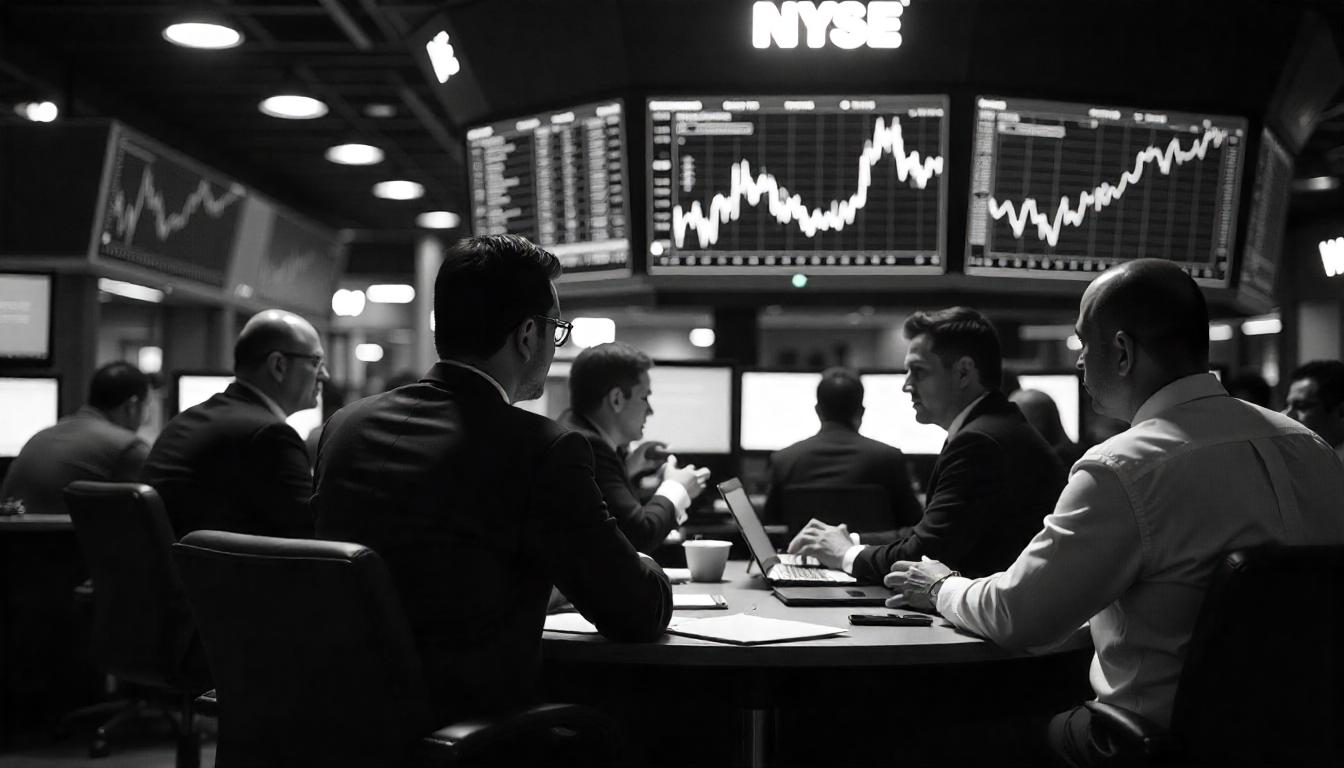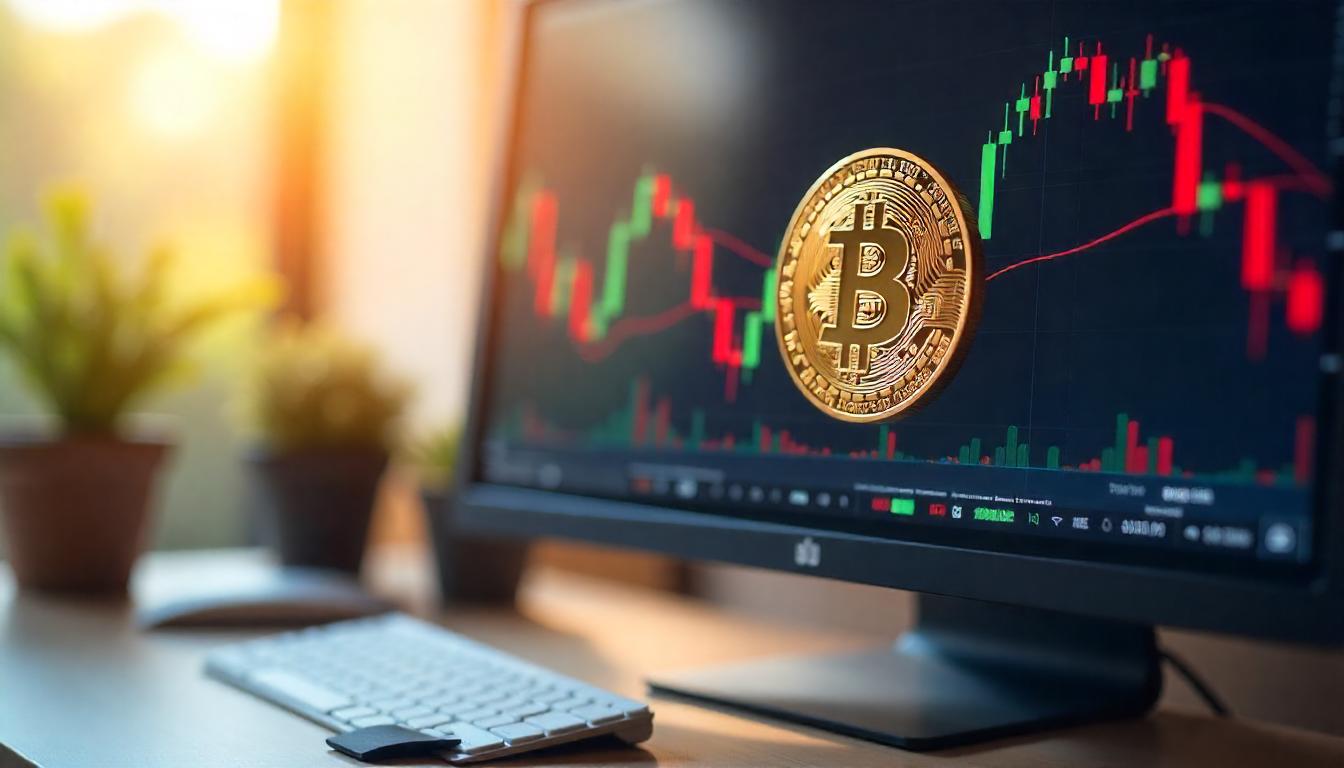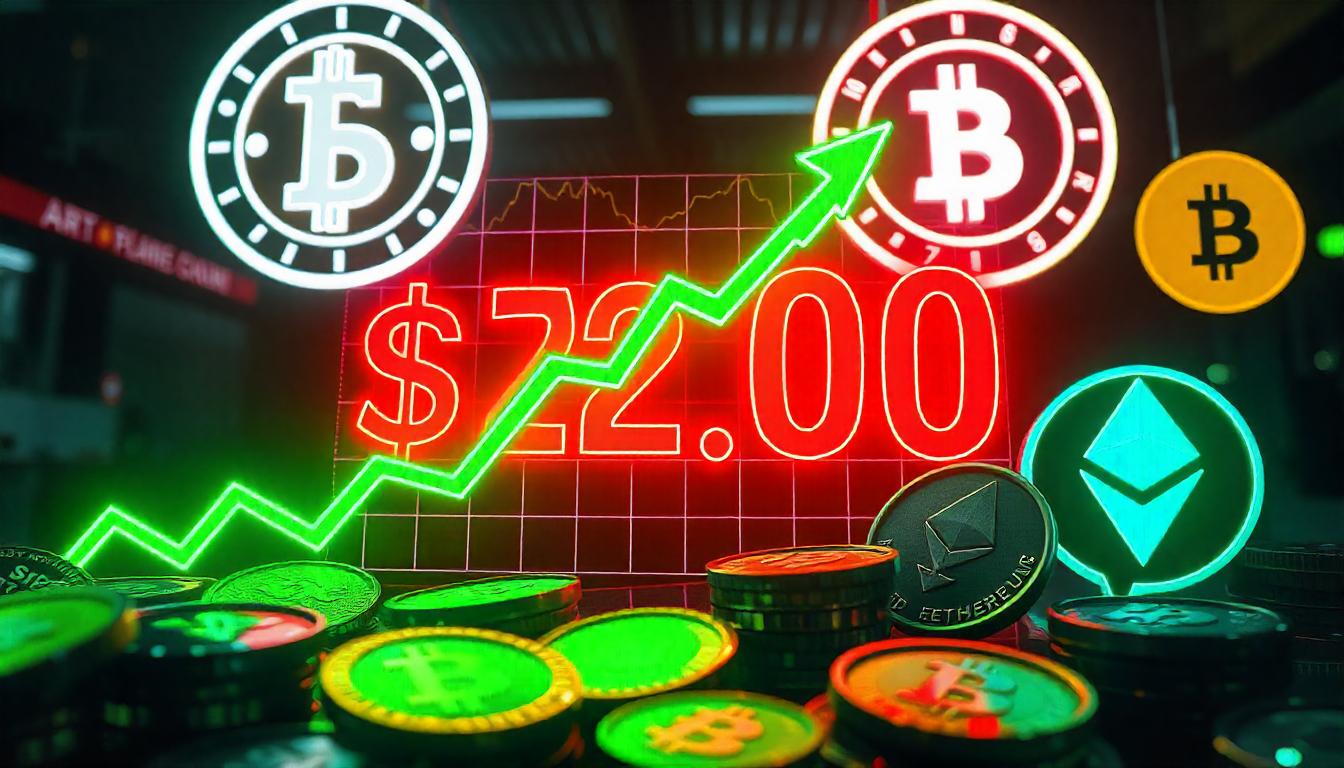Euro’s Strength Challenges Dollar as Investors Seek Alternatives
Mounting unease over U.S. fiscal policies and expectations that the European Central Bank (ECB) is nearing the end of its rate-cutting cycle have propelled the euro higher, prompting global investors to reassess their heavy exposure to the U.S. dollar.
What was once considered a relatively stable currency pair is now rivaling bitcoin in terms of volatility and performance.
In June, the EUR/USD pair jumped by nearly 4%, closing at 1.1786, exceeding bitcoin’s 2.4% increase for the same month. Both the euro and bitcoin have now climbed more than 13% in 2025, underscoring investors’ appetite for alternatives to the dollar.
Market observers believe the euro may still have room to advance further, potentially boosting euro-denominated stablecoins that are already capitalizing on the single currency’s momentum.
“EUR/USD could face resistance in the 1.22–1.23 range,” said Marc Ostwald, chief economist and global strategist at ADM Investor Services International. He attributed some of the optimism to Germany’s potential softening of its debt brake rules, which could fuel growth.
Shifting Focus from U.S. to Europe
The long-standing notion of U.S. exceptionalism—the idea that American assets are uniquely attractive due to solid economic fundamentals—is losing steam under President Donald Trump’s second term. Growing concerns about ballooning deficits and rising debt servicing costs are creating what some market participants call a budding “fiscal scare.”
Meanwhile, Germany is stepping into the spotlight as a more stable economic anchor.
Earlier this year, Germany unveiled a significant fiscal plan that includes exempting defense expenditures above 1% of GDP from its constitutional debt brake and establishing a €500 billion infrastructure fund over twelve years. Of this, €100 billion will flow immediately into the Climate Transition Fund.
The remaining €400 billion will be split, with €300 billion allocated for federal projects and €100 billion set aside for regional governments. Additionally, German states will be permitted to run annual deficits equivalent to 0.35% of GDP.
These measures are expected to begin supporting German economic output as early as next year, with positive impacts likely stretching into 2027 and beyond, benefiting the broader eurozone economy.
Investors have begun shifting funds toward European markets in response.
“Investors started out heavily overweight USD assets, but now there’s a noticeable pivot toward European stocks, driven in part by Germany’s increased defense and infrastructure spending,” said Marc Chandler, chief market strategist at Bannockburn Capital Markets.
Yield Differentials Take a Back Seat
Focus on Europe’s improving growth outlook has diminished the traditional influence of interest rate differentials between U.S. and German bonds on currency markets.
Historically, EUR/USD has closely tracked the two-year yield spread between German and U.S. bonds, but that correlation has weakened significantly since March.
Higher U.S. yields no longer automatically signal strength. Instead, they increasingly reflect the premium investors demand to hold U.S. assets amid rising fiscal concerns.
“It might seem as though the dollar is becoming detached from interest rates,” Chandler said. “But really, the U.S. is forced to offer higher yields to compensate for policy uncertainty and a political environment that favors a weaker dollar.”
Interest Rates May Favor Euro Gains
Interest rate expectations could further support the euro’s gains. While markets remain watchful of policy shifts, the dollar’s outlook is becoming less favorable.
“Rate differentials are starting to tilt against the USD, assuming the ECB has mostly finished cutting rates, with possibly one more move, while the Fed could lower rates by as much as 125 basis points over the next 12 to 18 months if U.S. growth slows,” noted Ostwald.
Despite eight ECB rate cuts over the past year, the euro has appreciated against the dollar. Meanwhile, the Federal Reserve has kept its policy rate steady at 4.25%, even as President Trump urges deeper cuts.
That could widen the policy gap in favor of the euro in the months ahead.
Dollar as a Hedge Loses Appeal
The dollar has long served as a natural hedge for international investors holding U.S. stocks. However, the weakening correlation between U.S. equities and the dollar has led European pension funds and other global players to hedge currency risks more actively.
This trend may help sustain the euro’s strength.
Consider a European investor with $10,000 invested in U.S. equities: if the dollar weakens, the euro value of that investment shrinks. To mitigate such losses, funds hedge by selling dollars in futures, forwards, or options markets—adding downward pressure on the greenback.
“For example, Danish pension funds raised their FX hedge ratios from 61% in January to 74% by April. There’s still potential to reach as high as 80%, which could help stabilize EUR dips and sustain the rally,” explained Jordan Rochester, head of FICC strategy at Mizuho, in a LinkedIn post.
Analyst Enric A. pointed out that fewer than 20% of European institutional investors currently hedge their USD exposure, leaving considerable room for additional euro buying if those hedge levels rise.
“More hedging translates into greater euro demand and more dollar selling,” Enric shared on LinkedIn.
Similar dynamics are unfolding in Asia, where Chandler cited data from the Bank for International Settlements (BIS) showing that Asian investors are also ramping up their hedging activities.
Bottom Line: With markets anticipating potential Fed rate cuts and global investors increasingly hedging their dollar exposure, the euro appears set to maintain its upward momentum—even amid ongoing economic challenges in the eurozone.





